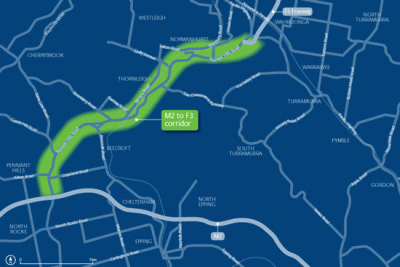
Infrastructure developers’ lobby group Infrastructure Partnerships Australia says the 2013 Federal Budget has made some important project funding commitments, but with around half of the money beyond the forward estimates, it did too little to replace the evaporating mining-related investment and deal with Australia’s infrastructure challenge.
“The Budget made some welcome project commitments, but we would have liked to have seen more funding within the forward estimates,” said Brendan Lyon, IPA’s chief executive.
“We welcome the commitment to co-fund PPP availability payments for major transport projects.
“This is a mature and sensible use of the Commonwealth’s balance sheet and was a key recommendation of the Infrastructure Finance Working Group’s final report, which was delivered last year.
“The government deserves recognition for making funding available for the F3 to M2 motorway project in Sydney.
“The Commonwealth’s support has moved the needle on this project, which is a major missing link in Sydney’s motorway network.
“It is disappointing that there was no funding for Melbourne’s east-west road link, a project that was recommended by Sir Rod Eddington and a consensus project for Melbourne’s economy.
“Everyone is realistic about what is possible in the current economic environment, but Canberra has substantial capacity for additional funding within its AAA rating, and we would have liked to have seen more dedicated to high-productivity infrastructure.
“No matter how well intentioned, business cannot bank funding commitments that are beyond the horizon of the Commonwealth’s own budget strategy, nor can the nation’s commuters and businesses enjoy the benefits that would flow from a greater level of national investment.
“The commitments that rule out tolls on existing sections of Sydney’s WestConnex and Queensland’s Gateway North project should be reconsidered.
“These projects are of a substantial scale and the Commonwealth’s funding alone leaves a substantial gap.
“On the WestConnex project, the Government has offered NSW 10 per cent of the project’s cost, with conditions that leave the other 90 per cent effectively unfunded.
“This year, more than any other, shows that we need all funding options on the table if we are going to see more and better infrastructure delivered.” (115)





